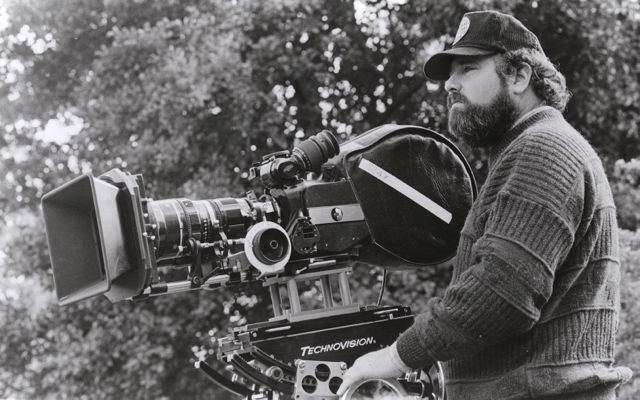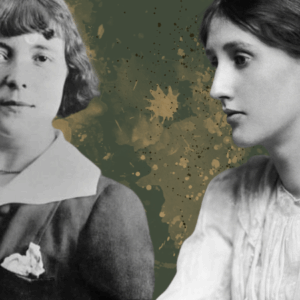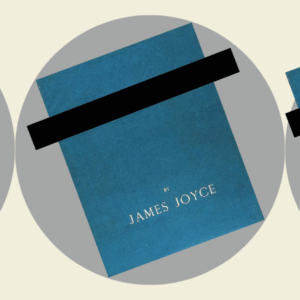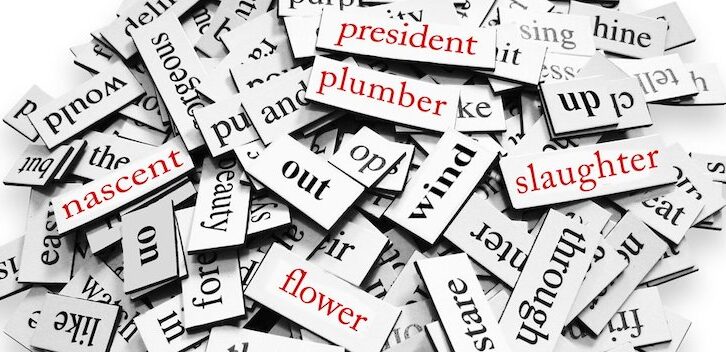
How Babies and Young Children Learn to Understand Language
Steven Mithen on the Science of Language Acquisition in Early Childhood
How children learn language has long been of interest to those concerned with its evolution. The idea that ‘ontogeny recapitulates phylogeny’ has been promoted, which means the stages of child development on their way to adulthood replicate those of our human ancestors on their way to becoming modern humans. This idea has been applied to language acquisition and its evolution, but I’ve never been persuaded. It is intellectually problematic because our human ancestors were never ‘on their way’ to anywhere other than being themselves. My interest in language acquisition is different and twofold.
First, is language acquired by specialized mental processes that are dedicated to this task or learned by general-purpose processes used for a variety of learning tasks? Second, can we project the processes of language acquisition/learning that we observe in the present into the prehistoric past to gain insights about the evolution of language?
Infants a mere three days old prefer listening to the rhythm of their caregivers’ language.
Learning words
Let’s remind ourselves of the problem that language learners face. When we write, we leave spaces between words. Readingwordswithoutsuchspacesisdifficult. When we speak, however, our words flow from one to another without any pauses, generating a continuous stream of sound. Yet we hear and understand each word without difficulty—we automatically ‘parse’ the utterances we hear into their component parts. We can do this because we know not only the words and grammar of our language, but also its prosody—how syllables at the start or end of words are stressed and how pauses are used between phrases. Without any awareness of such knowledge, we use it effortlessly both when speaking and when listening; we use it to identify words as they appear within the continuous stream of sound we hear, just as if the words had been written down interspersed with spaces. One can appreciate this with a little reflection. Just think how you pronounce the syllable ham when referring to a piece of meat and when talking about a fury animal—a long ham and a short ham-ster. Think about listening to a language unknown to you, one with different words, grammar and prosody. You will be at an utter loss to identify its words, let alone their meaning.
How then, can babies learn language? Although they are born into the world without any knowledge of the language their caregivers will speak, some learning takes places within the womb. The reception of external speech sounds prepares the fetal brain for the processing of language once born. Languages have different rhythms and infants a mere three days old prefer listening to the rhythm of their caregivers’ language, indicating that they became familiarized to it before birth via the sounds heard or the vibrations felt within the womb.
Nevertheless, babies are born with no specific knowledge of the language they will hear. Yet whether that is English, Mandarin, Swahili or any other of the 7,000 or so languages that remain today, by around one year of age infants are saying their first words, and within another year they are stringing words together to make simple sentences by using the correct order for their native language—those acquiring/learning English and French will place verbs before objects, and those learning Turkish and Japanese will do the converse. Without any formal teaching, by a mere four years of age, most children have acquired more than 1,000 words, the rules for how words can be combined to generate meaningful utterances, and how to change the tone of an utterance to further flex its meaning.
Such language acquisition is truly remarkable. How it is achieved has been one of the major questions facing linguists ever since the study of language began, generating a constant flow of new ideas and evidence. We have already dismissed arguments about Universal Grammar in Chapter 3 and can now move on to more interesting and viable ideas. Within the voluminous literature there are two questions of particular interest for the language puzzle. The first is how infants find discrete words in the continuous stream of speech they hear. The second is how they learn the meaning of those words.
By a mere four years of age, most children have acquired more than 1,000 words.
Finding words
How can babies possibly discover where a word begins and ends within a continuous sound stream? A breakthrough in our understanding came in 1996 in a three-page article in the journal Science entitled “Statistical learning by 8-month-old infants,” authored by the psychologists Jenny Saffran, Richard Aslin and Elissa Newport. This explained that infants use “transitional probabilities” (TPs) between syllables to identify which syllable strings recurrently go together, and hence are likely to constitute words, and which syllables have low probabilities of following each other and hence are likely to mark the break between words. The phrase pretty baby, for instance, has four syllables (pre-ty-ba-by) and three transitional probabilities between syllable pairs. In English the probability that ty will be followed by ba is lower than pre will be followed by ty, and that ba will be followed by by. That eight-month-old-infants can calculate and use such transitional probabilities came as a surprise.
Jenny Saffran and her colleagues had exposed infants to no more than two minutes of continuous speech that contained four three-syllable nonsense words, such as tupiro and padoti. These ‘words’ were repeated in random order by a monotone speech synthesizer that created a continuous sound sequence, such as bidakupadotigolabubidakupadotigolabubidakutupiro… The sequence contained no pauses, variations in stress or any other acoustic cues between word boundaries. The only cue available to the infants were the transitional probabilities (TPs) between syllables. Those within words were 1.0, because the first syllable was always followed by the second, and the second by the third, while the TPs of syllables between words was always 0.33. After a mere two minutes of listening, the infants were tested as to whether they differentiated between words (syllable strings that had TPs of 1.0) and non-words (syllable strings that contained TPs of 0.33). For this the infants were presented with words and non-words and found to have longer listening time for the nonwords. This indicated they had already become familiar with the words by listening to the continuous sequence of syllables within which they had been embedded. The only way that could have happened was by monitoring the TPs between syllables—the infants were capable of statistical learning.
______________________________
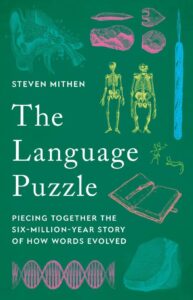
From The Language Puzzle: Piecing Together the Six-Million-Year Story of How Words Evolved by Steven Mithen. Copyright © 2024. Available from Basic Books, a division of Hachette Book Group, Inc.
Steven Mithen
Steven Mithen is professor of early prehistory at the University of Reading and is one of the most esteemed archaeologists working today. He has authored over two hundred academic articles and books, including After the Ice and The Singing Neanderthals, and was elected as a fellow of the British Academy in 2004. He lives in Reading, England.











